Description
The horse industry makes a significant economic and cultural contribution to Australia, and the maintenance of horse health and welfare is a primary concern of owners, trainers and veterinarians alike. Laminitis is a painful and devastating disease that can cripple a horse and end its productive life. This report Equine Laminitis: Current Concepts describes four research projects that initially focussed on the developmental and acute stages of laminitis. The research teams involved in these projects included microbiologists, molecular biologists, pathologists, electron microscopists, physiologists and endocrinologists, and this unique critical mass has enabled significant contributions to the understanding of laminitis. 115 p.

- Christopher Pollitt. Professor of Equine Medicine. The University of Queensland St Lucia, Brisbane, Queensland (Australia), School of Veterinary Medicine.
- Publication date (reprint original edition 2008 to digital version): 2018-07 – RIRDC Publications.
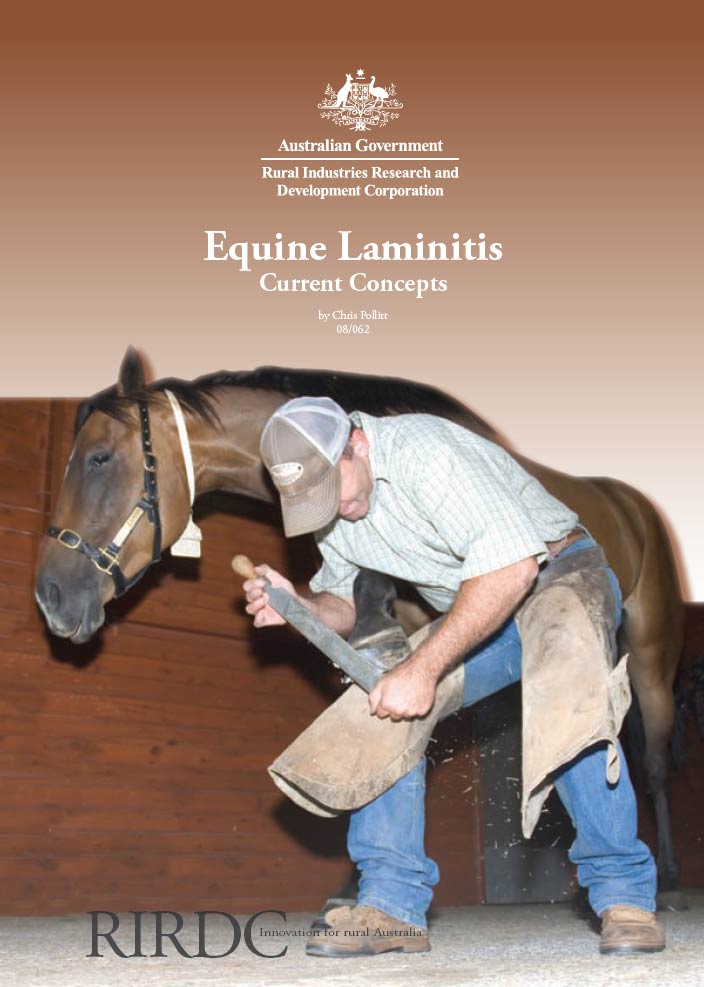

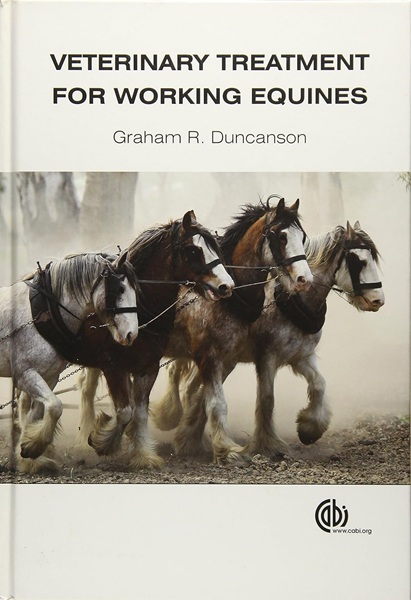

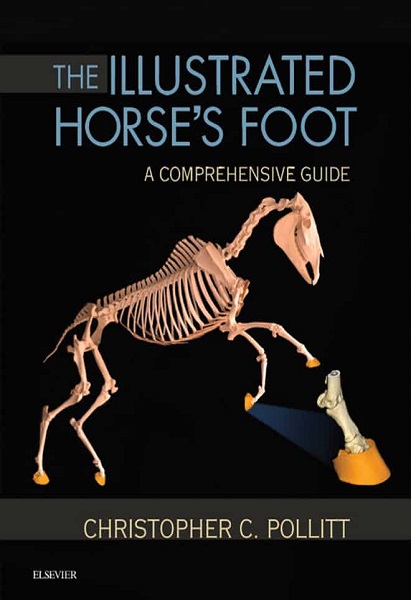
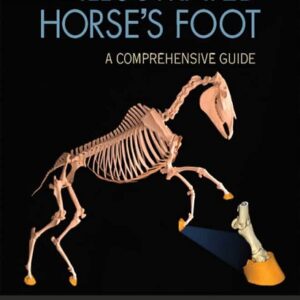
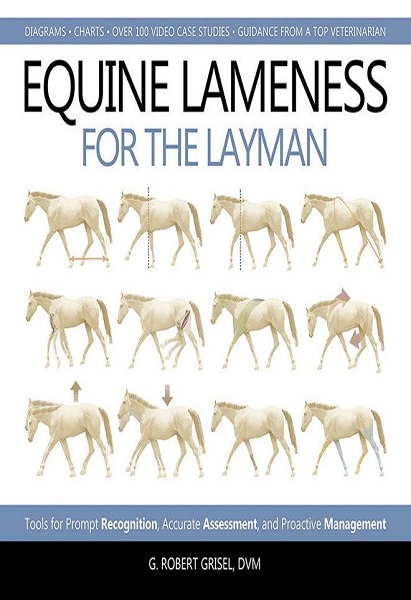
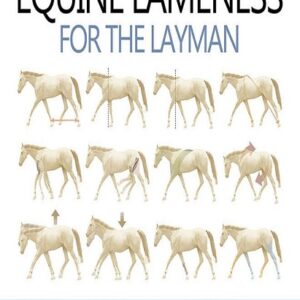
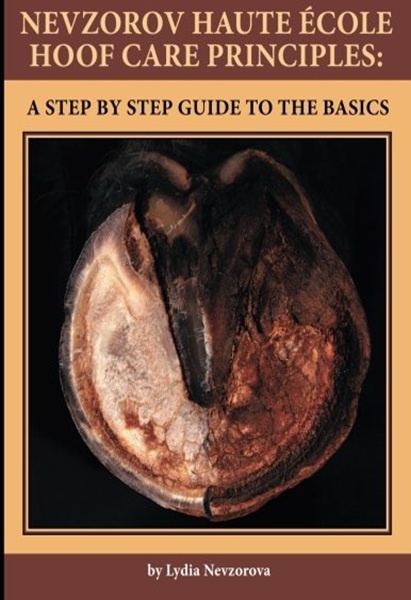
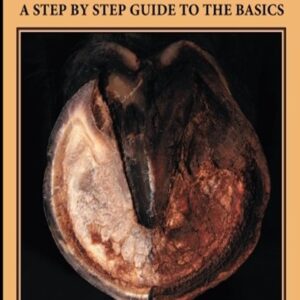
You must be logged in to submit a review.